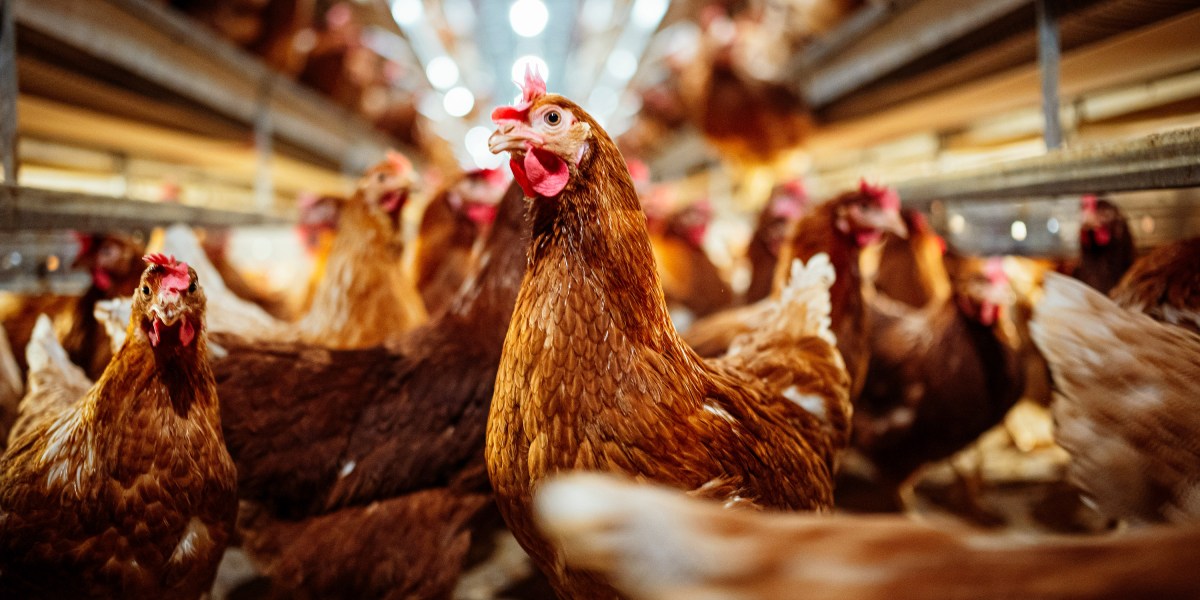And while many ducks and geese seem to be able to survive being infected with the virus, other bird species are much more vulnerable. H5N1 is especially deadly for chickens, for example—their heads swell, they struggle to breathe, and they experience extreme diarrhea. Seabirds like puffins and guillemots also seem to be especially susceptible to the virus, although it’s not clear why. Over the last few years, we’ve seen the worst ever outbreak of bird flu in birds. Millions of farmed birds have died, and an unknown number of wild birds—in the tens of thousands at the very least—have also succumbed. “We have no idea how many just fell into the sea and were never seen again,” says Peacock.
Alarmingly, animals that hunt and scavenge affected birds have also become infected with the virus. The list of affected mammals includes bears, foxes, skunks, otters, dolphins, whales, sea lions, and many more. Some of these animals appear to be able to pass the virus to other members of their species. In 2022, an outbreak of H5N1 in sea lions that started in Chile spread to Argentina and eventually to Uruguay and Brazil. At least 30,000 died. The sea lions may also have passed the virus to nearby elephant seals in Argentina, around 17,000 of which have succumbed to the virus.
This is bad news—not just for the affected animals, but for people, too. It’s not just a bird flu anymore. And when a virus can spread in other mammals, it’s a step closer to being able to spread in humans. That is even more likely when the virus spreads in an animal that people tend to spend a lot of time interacting with.
This is partly why the virus’s spread in dairy cattle is so troubling. The form of the virus that is spreading in cows is slightly different from the one that had been circulating in migrating birds, says Lakdawala. The mutations in this virus have likely enabled it to spread more easily among the animals.
Evidence suggests that the virus is spreading through the use of shared milking machinery within cattle herds. Infected milk can contaminate the equipment, allowing the virus to infect the udder of another cow. The virus is also spreading between herds, possibly by hitching a ride on people that work on multiple farms, or via other animals, or potentially via airborne droplets.

